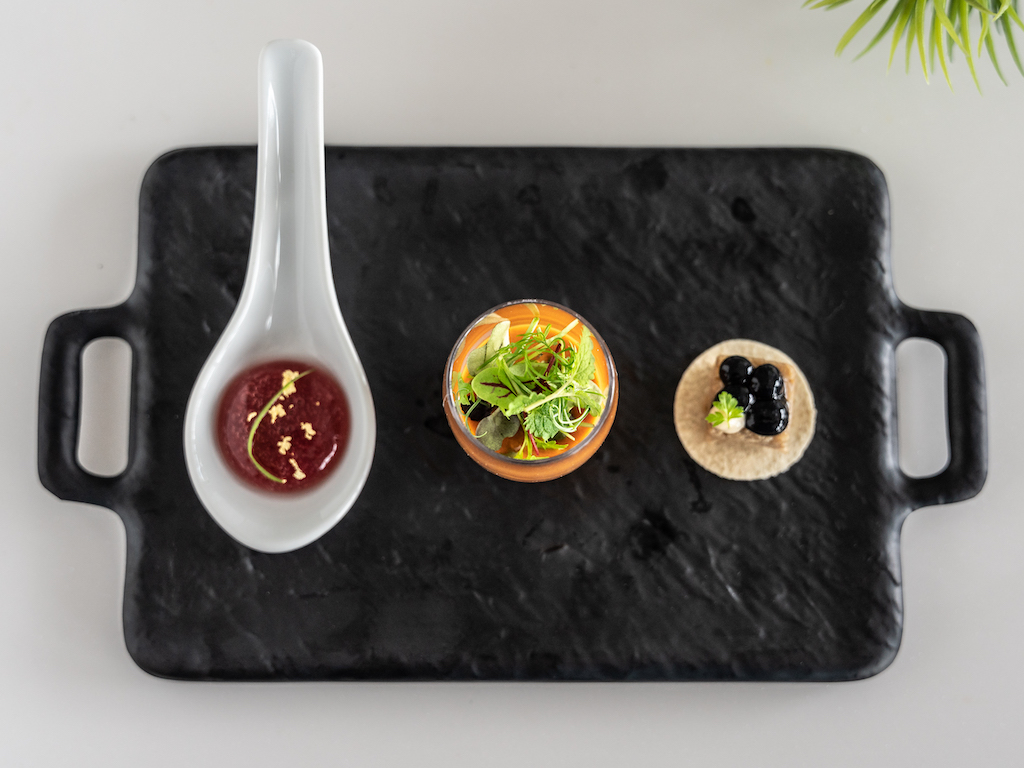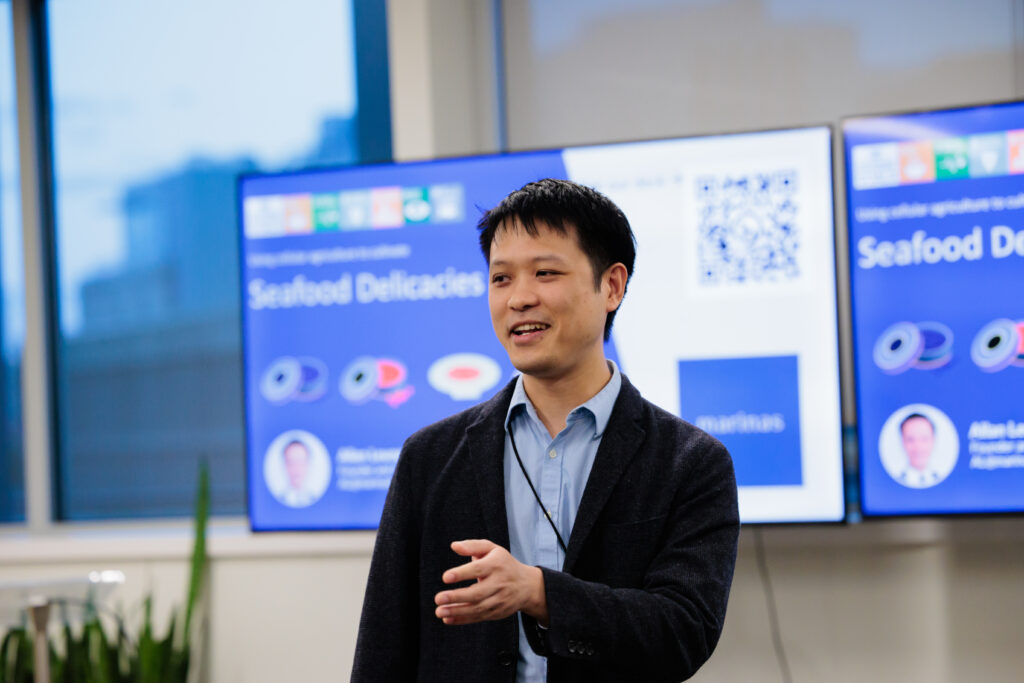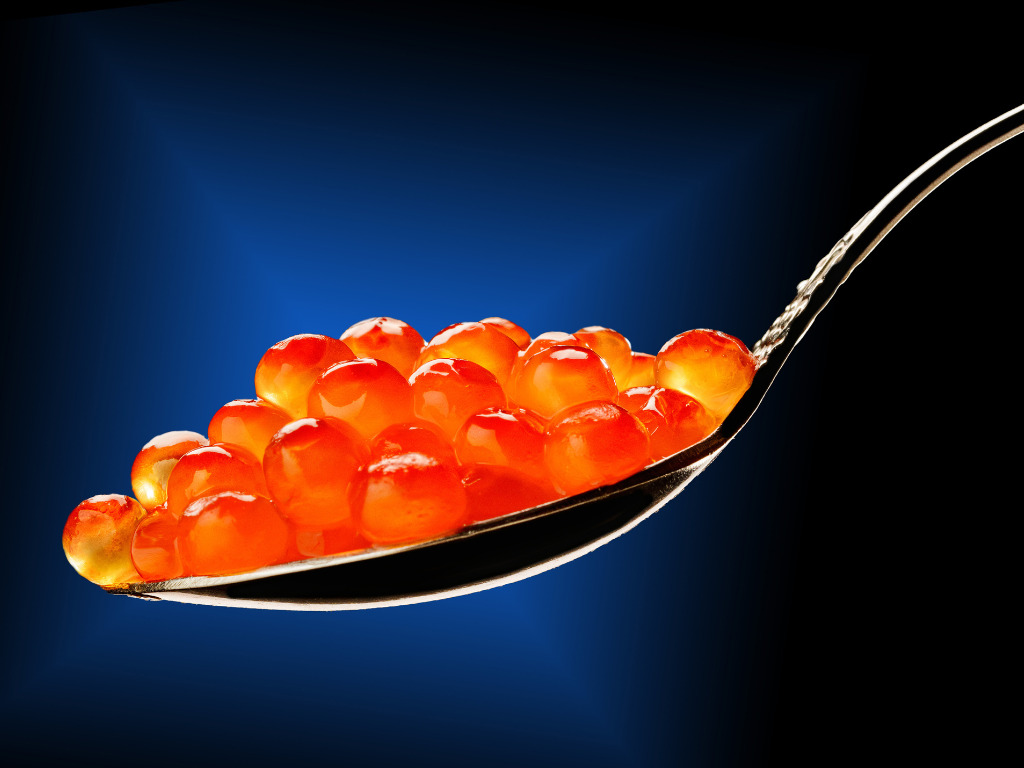6 Mins Read
Californian startup Marinas Bio is developing a cultivated alternative to one of the world’s most premium foods, caviar. While cost will continue to be a major barrier for cell-cultured meat and seafood as companies are still far from mass scale, luxury foods may be the ideal niche to test consumer appetite for higher-priced cultivated alternatives.
While caviar is not a food most of us eat regularly, these high-priced fish eggs command high prices. But caviar’s supply chain is less than desirable. Also known as salted roe, they are acquired from slaughtered sturgeons and have always come at a high price, both ethically and environmentally. In fact, the high demand for caviar, an elite food associated with wealth and Michelin-starred restaurants, has meant that sturgeons are today the most critically endangered species on Earth, according to the WWF.
That – and the sometimes inferior quality of caviar – is why Allan Leung, a former seafood farm worker who had a short sting as the interim CFO of cultivated fish startup Avant Meats, is working on cultivated roe at his new startup Marinas Bio.
There are three sturgeon species that are used to make caviar: Beluga, Iscveitra and Sevruga. When asked which one the company is working on, Leung doesn’t specify, saying only: “We are working on multiple species based on CITES and other relevant regulations.” He adds that the cells are “collected directly from aquatic animals using [a] sterile technique”.
Cultivated seafood’s scalability challenges

Cultivated seafood is a complex sector, with far fewer players than meat, and a much more complicated R&D process, mostly because there is close to no previous research on sea species stem cells, as Sandhya Sriram, co-founder and CEO of cultivated seafood Shiok Meats, told Green Queen founding editor Sonalie Figueiras in a podcast.
“Around last year, we realised, okay, seafood is gonna take longer than [what we thought],” she said. “Seafood in general doesn’t have any background research… [Shiok] went into it knowing that it’s going to take time, but we thought it would be about four or five years until we figured it out. But last year – our fourth year – we said: ‘Okay, let’s take a pause here. We have tried as much as we can with the scale, and it’s not working.'”
While Shiok remains committed to building out crustacean cell lines, it shifted focus to bringing cultivated beef to market and getting regulatory approval (the company Gaia Foods in 2021). Last month, meanwhile, Shanghai-based CellX teased that the team was getting closer to large-scale production of cultivated seafood – but it’s not there yet.
And while Leung says the development of cell lines for fish eggs will be easier than species like shrimp or crab, he did not go into specifics about the company’s R&D progress, adding that Marinas had “not made an announcement of cell line data yet” and has not “made a public announcement of our R&D progress to-date”. Moreover, he confirmed that the company has not had any public tastings yet.
“Single-cell roe is easier to scale than meat. A serving of steak consists of multiple cell types and billions of cells. A serving of caviar consists of hundreds of individual egg cells,” he explains. “In cell agriculture, biotechnology can make it possible to use one fish to produce caviar repeatedly forever. We could shorten the production cycle from years to months and develop protocols to improve quality, consistency, and shelf life.”
Early days for Marinas Bio
Funding-wise, the company has managed to get support from the ProVeg Incubator and SeaAhead, and Leung said Marinas Bio is supported by Trendlines AFIC too. In a statement explaining why ProVeg picked the startup as part of its new cohort, the Incubator’s co-head and partnership lead Antje Rauscher said: “Cultivated caviar is an exciting segment within cultivated foods, because the price gap between the animal and cultivated version won’t be as large.
“Caviar is a luxury food with high prices, so it will be a lot easier to compete compared to fish or other low-commodity seafood products. From that angle, caviar is quite compelling within [the] cultivated seafood sector. Regular caviar faces a shortage of demand and problems in terms of consistent quality and production efficiency, all of which are aspects that cultivated approaches could solve, if it proves to work at scale.”
Leung says the Marinas Bio team is now looking to “raise additional rounds upon our next scientific milestones”. Asked what and when these might be, Leung said: “Additional milestones will be announced via LinkedIn.”
The company is just over a year old and is currently a team of three, including Leung. He co-founded it with Sally Davis, a veterinarian with 20 years of aquatic animal and biomedical research experience, and Elizabeth Mojica, a scientist who has been working on fish cell cultures for eight years.
Based near Sacramento, which Leung says is a strategic choice – “in the heart of the US sturgeon aquaculture industry” – the team currently sits in a co-working lab “for cost efficiencies”.
Leung’s seafood journey
In a social media post explaining his origins, Leung says he grew up eating seafood in Hong Kong and entered the fish farming industry after university.
“I watched these lively animals grow from the tiniest fingerlings into a thriving school of fish. One day, however, this school of happy fish was suddenly caught in the net, [and] kidnapped in the back of a boat. Darkness fell on these animals,” he recalls. “Next time they saw sunlight, they were suffocated together in a bucket on a conveyor belt. Before they could figure out what was happening to them, a sharp knife pierced through their gills, and their blood floated underneath my boots.”
Leung says he saw millions of fish die this way, and could never find a way to reconcile his love for animals and seafood. Then, he joined the alt-protein industry and worked in fundraising. But he struggled with the way startups were run and said he was ousted from one of his roles for questioning the status quo. “I still had a mission, and the mission was not completed. I chose to give up everything and start from scratch. I recycled capital by helping investors exit. I visited many labs around the world and recruited a scientific team with veterinarian and fish cell culture experience.”

What’s next
Leung says the startup is working on “caviar, roe and other seafood delicacies”, but didn’t elaborate on the latter when pressed. As for the production and final costs, he said: “Price point for cultivated meat will [be] higher in the mid-term future. Scaling commoditised products to reach cost parity will be costly for investors.”
He adds that the product will be priced at a premium, given the category: “From my career experience, novel products entering the seafood market were first sold at a higher price point. We plan to make cultivated caviar desirable and sell it at a premium to discerning customers.”
It’s early days for Marinas Bio and the company has plenty to prove. As Leung wrote in a social media post: “We still have a lot of work to do, but we have wisdom from our previous experience.” The team is committed, and ocean conservation is top of mind: “We share a mission to conserve life below water through cell cultivation. Together, the future of sustainable seafood is in our hands.”
This story was updated on October 3 to include ProVeg International’s statement.



